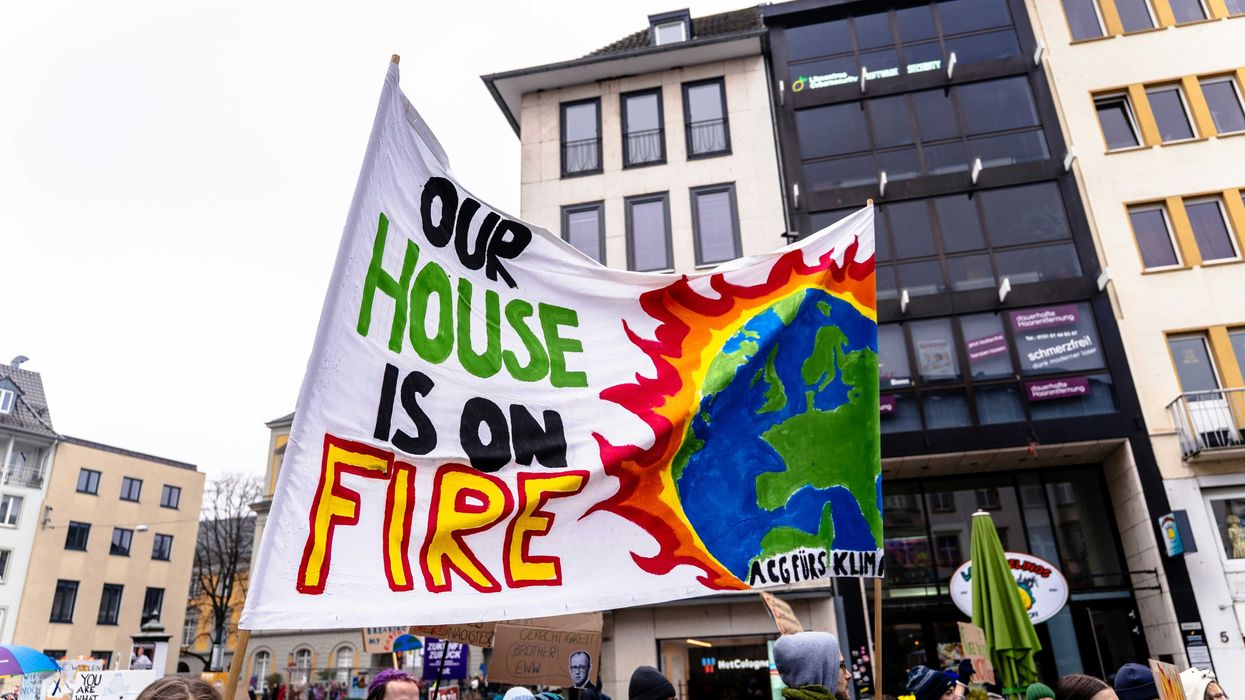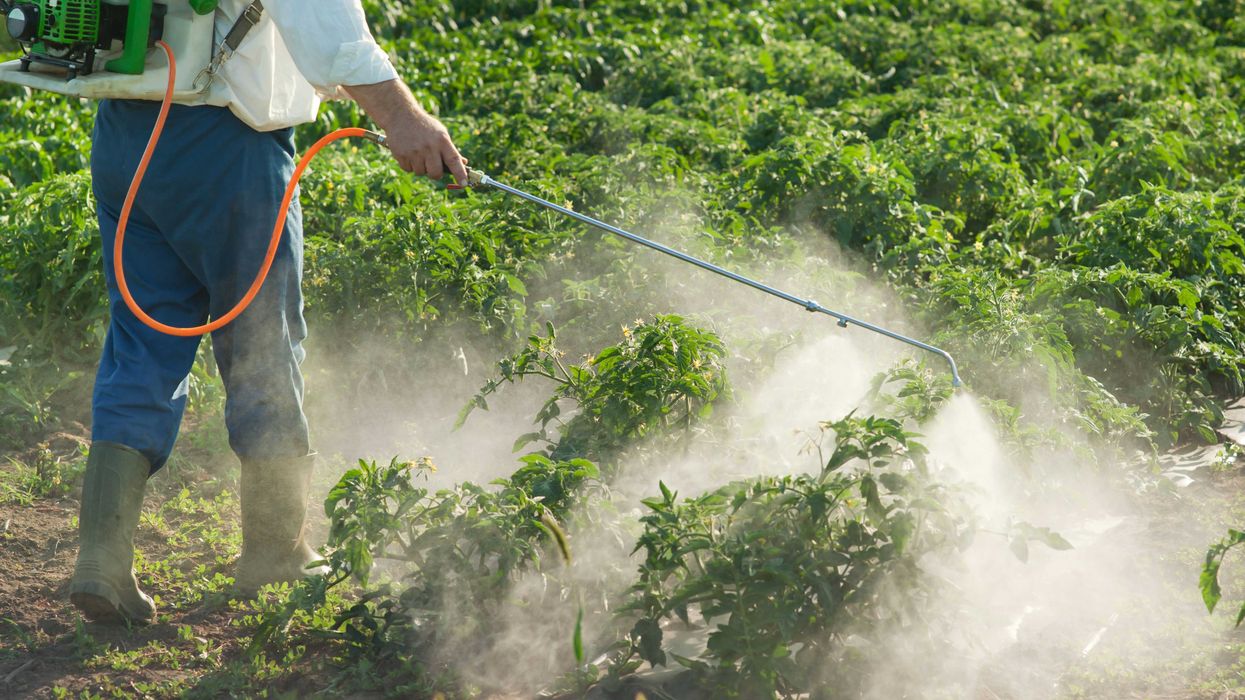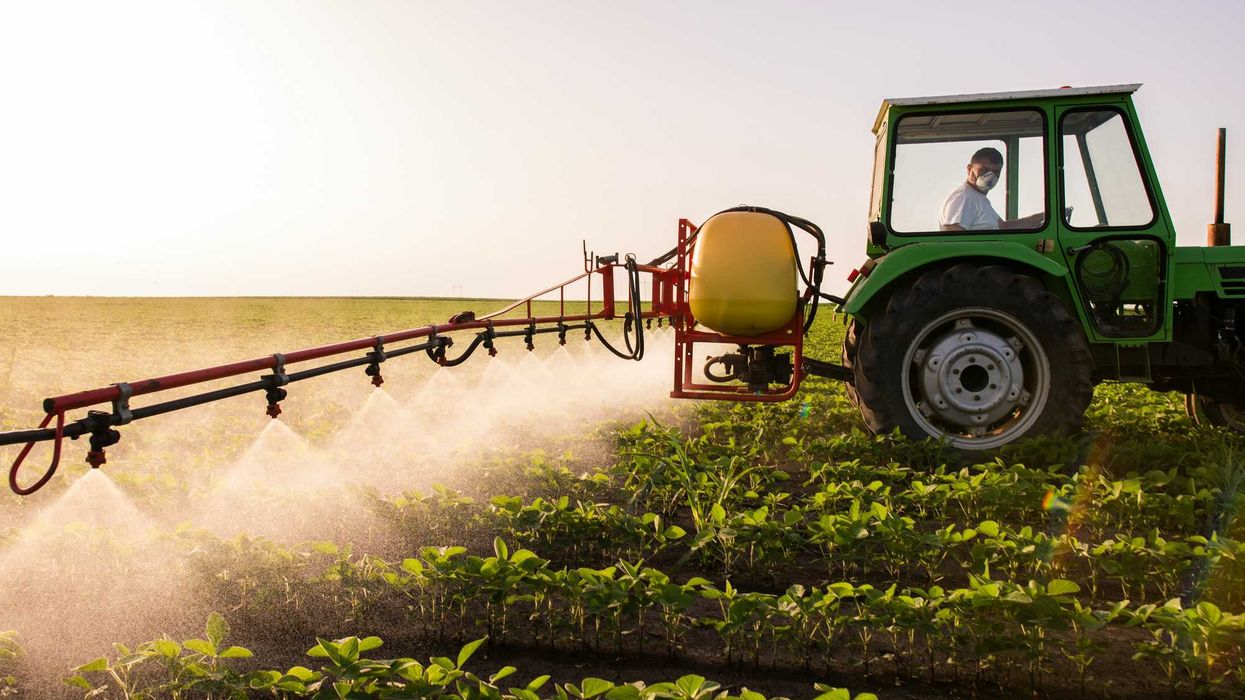Tanneries along India’s Palar River are supplying the global leather market while contaminating farmland, sickening residents, and pushing the region’s water to toxic extremes. First of a two-part series on the leather industry in the Palar River basin.
Varsha Torgalkar, Rifat Mohidin, Sofia Turati, and Vittoria Torsello report for Dialogue Earth.
In short:
- India’s Supreme Court ruled in January that tanneries in Tamil Nadu caused “irreversible damage” to water and farmland, and ordered the government to recover cleanup costs from polluters.
- Locals report devastating declines in crop yields, dangerously saline water, and spikes in chronic illness — including asthma, kidney stones, and cancer linked to chromium pollution.
- Weak enforcement by the Tamil Nadu Pollution Control Board allows untreated waste to flow into the Palar River daily, raising alarms from farmers, health professionals, and scientists.
Key quote:
“Thirty years ago, we had beautiful lakes and rivers. Now, they are filled with toxic waste. The water that once sustained us has turned into poison.”
— Mani Visagam, former trade union leader
Why this matters:
India’s leather industry, one of the largest in the world, has always promised profit, but the human and ecological costs are impossible to ignore. Scientists have traced numerous health crises to the toxic cocktails seeping into the water table. Meanwhile, weak enforcement allows this industrial effluent to continue flowing, virtually unchecked. Many of these tanneries supply international markets. The Supreme Court has now ordered the Tamil Nadu government to compensate affected families by recovering costs from the tanneries, and stop the discharge of untreated effluents. Whether that happens remains to be seen.
Part two of this series examines how global shoe brands are tied to these toxic tanneries.
















